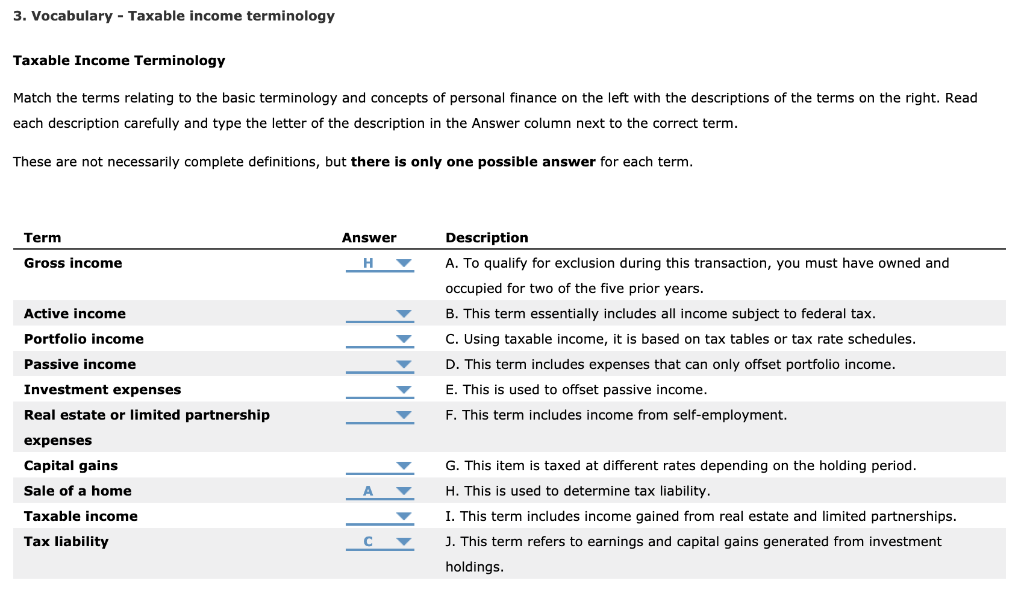

ystematic consideration of all the aspects mentioned above in each single term consists of three basic elements (target of observation, property of observation, additional qualifiers, added by value sets for coded data).Ĭonclusions: If a machine-readable terminology is aimed to preserve all the information of native speaking, then two principal solutions exist: Studying the structure of generic and specific terms it becomes obvious that any AP observation

All of the generic elements have their "organ specific" counterparts by assigning them to one of 20 organs and invasive or noninvasive cancer, respectively. Almost all of the terms, used in those templates could be mapped to SNOMED CT. Further 15 templates describe the results from marker investigations. Among those 53 templates 28 are describing UICC-TNM staging, ICD-O-classification, and grading. Results: The 488 PathLex element templates for Anatomic Pathology (AP) observations can be reduced to 53 generic templates, leaving out only 17 templates very specific for organ and/or disease. The generic terms were mapped to SNOMED-CT terms using "ArtDecor". Methods: For each element template of PathLex its possible generic nature and its value set was analyzed, lookingįor the uniqueness or multiplicity of the values in the value sets. By analyzing the PathLex interface a generic terminology model will be derived. The core principle of those models is the ontological structure of native speaking terminology. Generic models for terminology development could help in establishing reference terminologies for all fields of anatomic pathology. They have not been compiled in a systematic approach, therefore they gather terms of very different granularity. 18-21 June 2014īackground: Current terminology systems for structured reporting in pathology are more or less focused on tumor pathology.

A reference model based interface terminology for generic observations in Anatomic Pathology Structured Reportsįrom 12th European Congress on Digital Pathology Paris, France.


 0 kommentar(er)
0 kommentar(er)
